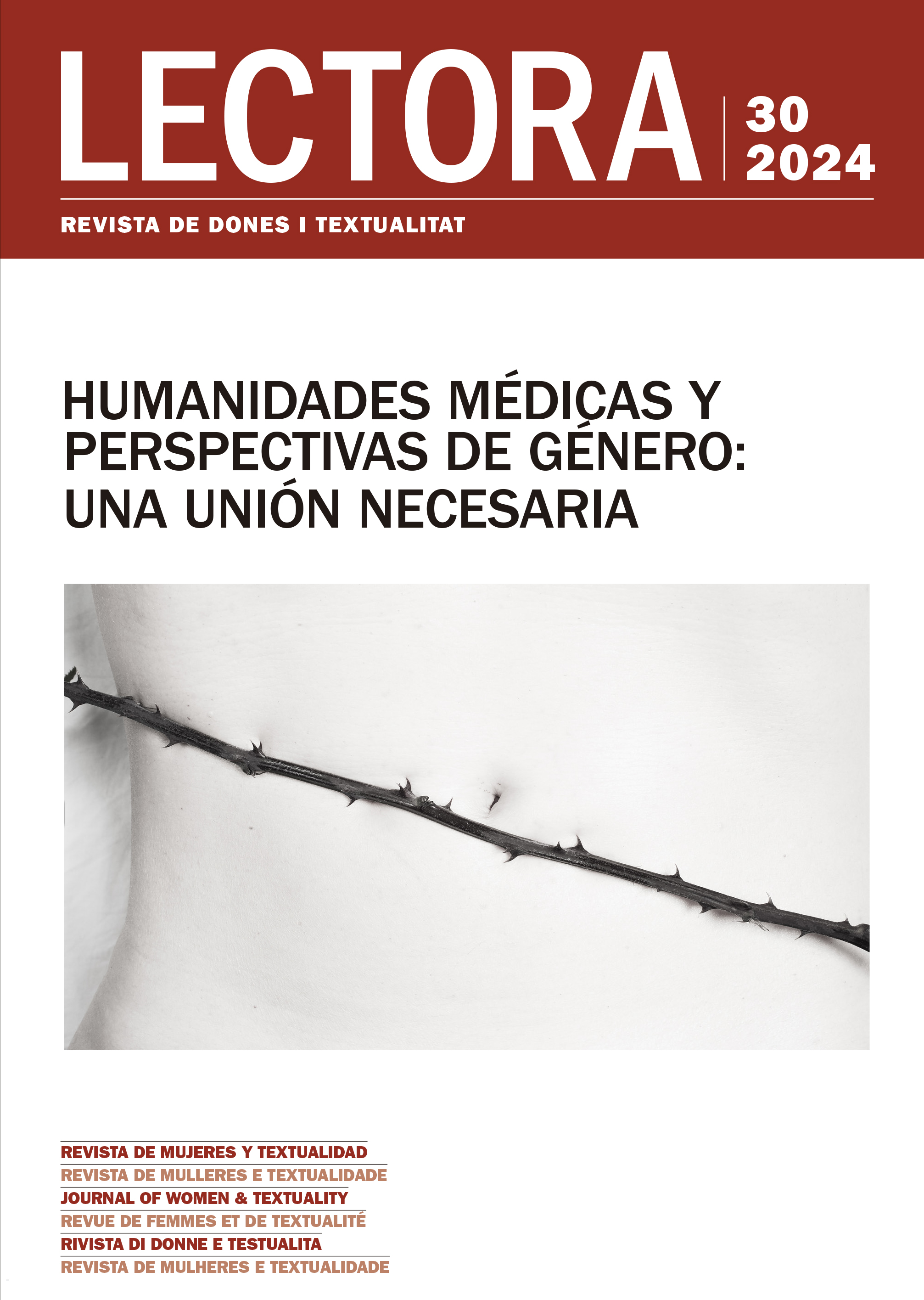Between Sickness and Sin: The Pathologization of Illicit Love in James Joyce’s Dubliners
DOI:
https://doi.org/10.1344/Lectora2024.30.9Keywords:
Joyce, Dubliners, romance, women, diseaseAbstract
Illicit or non-normative sentimental relationships appear repeatedly in many of the short stories that comprise James Joyce’s Dubliners (1914). This type of emotional link did not have any room in end-of-century Catholic Ireland, and any unorthodox relationship was regarded or punished as sinful and socially unacceptable, following the strict morality of the times. In this article, I intend to analyse some of the most significant stories in Dubliners, in order to dissect the ways in which late nineteenth-century Dublin’s double standards punished any subject steering away from established social norms concerning marriage and acceptable relationships, either by forcing the reclusion of the subjects to the domestic/private sphere or by imposing a normative marriage on them, or even by pushing them to the brink of madness, alcoholism, or suicide.
Downloads
Published
How to Cite
Issue
Section
License
Copyright (c) 2024 Máximo Aláez Corral

This work is licensed under a Creative Commons Attribution-NonCommercial-NoDerivatives 4.0 International License.
The Author retains ownership of the copyright in this article and grants Lectora: revista de dones i textualitat the rights to print publication of the Article. The work will be available under a Creative Commons Attribution-Noncommercial-No Derivative Works license, by which the article must be credited to the Author and the Journal be credited as first place of publication.
The Author is free to enter in seperate, additional contractual agreements for the non-exclusive distribution of the work as published in this journal (such as institutional repositories or a book), as long as the original publication in Lectora is credited.
The Author is encouraged to post the work online (eg in institutional or thematic repositories, or in their website), as it can lead to productive exchanges as well as to a greater citation of the published work (see The Effect of Open Access).




